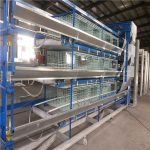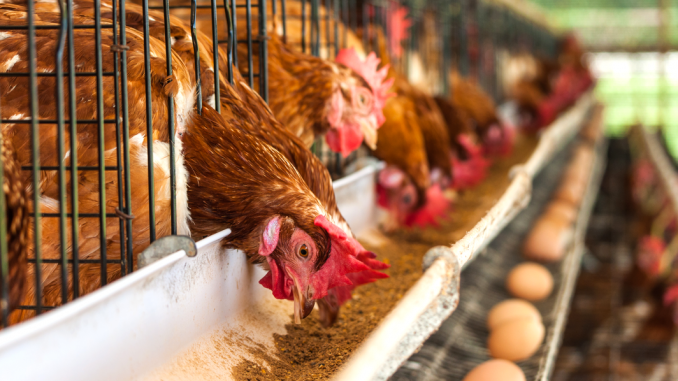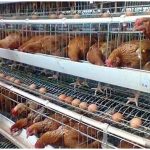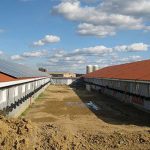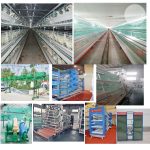Does chicken farming have to go to scale? What are the advantages ofusing chicken cages to raise chickens on a large scale?
Every year at the end of the year, many chicken farmers start to ask the same kind of questions: Is the chicken market good for next year? In which direction should chicken farmers develop in the future? In fact, I have always insisted on a point of view: the development of chicken farmers ultimately only has two paths, one is scale and the other is specialization.
What is the scale of chicken farming? This concept is not easy to define, but it is generally believed that only 10,000 or more laying hens and more than 10 broilers per year are eligible to be called large-scale chicken farms. In fact, this standard is quite low, but chicken farms that can meet this standard basically have the following advantages.
Does chicken farming have to go to scale? What are the advantages of large-scale chicken farming?
1. Ability to resist risks: According to the current egg market, the annual profit of 10,000 laying hens is about 400,000; and the annual revenue of 100,000 broilers is also two to three million. Chicken farmers at this level, even if they encounter a relatively poor market or a relatively large epidemic, can basically survive.
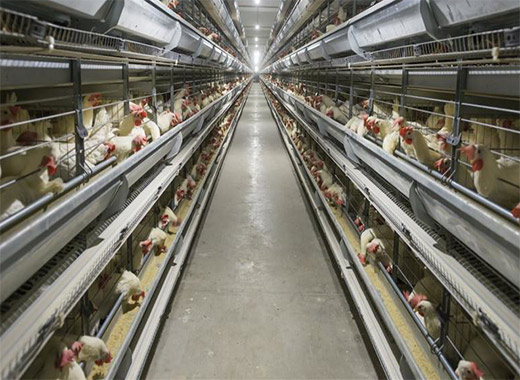
2. Standardization brought about by scale: As the scale of chicken farming becomes large, it is unrealistic to rely on human management, and chaotic and imprecise management methods cannot be controlled. Under this circumstance, the standard procedures for raising chickens have been improved, the degree of refinement in immunization, feeding, and medication has also been higher, and the chicken coop has more automated equipment. These all contribute to the healthy growth of chickens and reduce the risk of raising chickens.
3. Cost advantage: Standardized chicken raising process can greatly reduce the possibility of chicken flock disease, thereby reducing the cost of medication. At the same time, greater use of feed, vaccines and veterinary drugs will also help improve the bargaining power of chicken farmers when purchasing these essential products, and obtain greater discounts and preferential treatment.
4. Financing ability: If a small chicken farm wants to obtain development funds, it may not recognize you if it seeks bank loans. But with a certain scale of chicken farms, people from financial institutions may take the initiative to ask you for a loan. Sufficient funds have a huge impact on chicken farmers’ resistance to risks and greater development.
5. Subsidies and policy support: The reason why the stock of 10,000 laying hens and 100,000 broilers per year is the minimum standard for scale, because meeting this standard will have the opportunity to get the national chicken subsidy. In addition, as far as local regulatory agencies are concerned, small chicken farms are not pleasing to your eyes, and you can find any reason to say that you will not be allowed to raise them. But in large chicken farms, they not only dare not move you casually, they will also give you various policy support, hoping that you will bring the surrounding villagers to get rich together.
The above are the 5advantages of large-scale chicken farming. Although many small chicken farmers now insist that scale is not necessarily good, this is the general development trend of the industry. Chicken farmers who do not move closer to this stage may not be able to persist for a few years.



